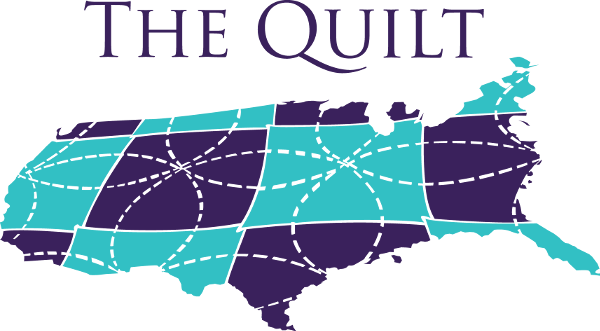Laying fiber-optic conduit in soft ground is one thing. Cutting through solid rock to facilitate fiber is another. The Utah Education and Telehealth Network (UETN) and its telecom and tribal partners are doing both to bring robust broadband infrastructure to isolated communities in the west.
“Utah students and educators, patients and physicians should have access to the best technology no matter where they live,” says UETN CEO Ray Timothy. “Broadband is a necessity to promote growth in communities, business, tourism, education and healthcare.”
In Daggett county, contractors use specialized rigs to cut four-foot deep conduit trenches through solid rock ridges in the rugged Uintah Mountains. San Juan and Daggett currently rely on limited digital microwave technology with a maximum bandwidth of just 200 Mbps. Fiber will increase capacity five-fold to a minimum of 1 Gbps.
Collaboration is key to the project. UETN is partnering with the Ute Mountain Ute and Navajo tribes, the Utah Department of Transportation, the Federal Communications Commission, Emery Telecom in San Juan and Strata Networks in Daggett. Construction in Daggett started in June of 2018 and will take up to two years to complete.
The Universal Service Administrative Company (USAC) of the FCC recently approved stage one of the San Juan project. It will extend fiber optic infrastructure from Blanding to the Ute Mountain Ute Tribe’s White Mesa Library; Bluff Elementary School in Bluff, Utah; and White Horse High and Montezuma Creek Elementary schools in the Navajo community of Montezuma Creek.
Both education and heath care will benefit. Residents and tourists visiting San Juan’s iconic Monument Valley and surrounding National Parks will have greater bandwidth at Blanding’s Blue Mountain Hospital and Community Health Centers, as will visitors to Daggett’s Flaming Gorge National Recreation Area who require the services of the Flaming Gorge Medical Center or the Manila Clinic.
“The Daggett school district is among the last two districts in the state not fully connected to fiber for its schools in Manila and Dutch John,” says UETN associate director Jeff Egly. “We are also focused on bringing fiber to remote San Juan county. That includes schools within the Utah portion of the Navajo Nation. All of these projects are complex, time consuming and cost intensive.”
The good financial news is that both locations qualify for matching funds from the E-Rate program of the Federal Communications Commission. The funding enables UETN to leverage state dollars with other sources including telecom providers, the Utah Department of Transportation and tribal funding. E-Rate means that the San Juan’s project’s $12 million price tag will require less than $2 million in funding from the Utah State Legislature.
While not exactly moving mountains, UETN’s rural fiber project is definitely boring through parts of them to facilitate statewide fiber infrastructure.

